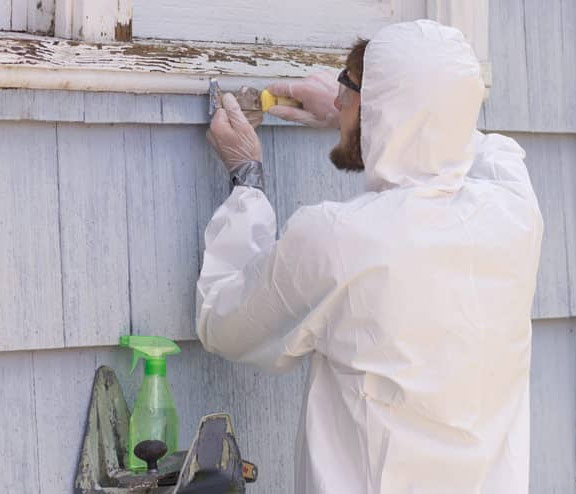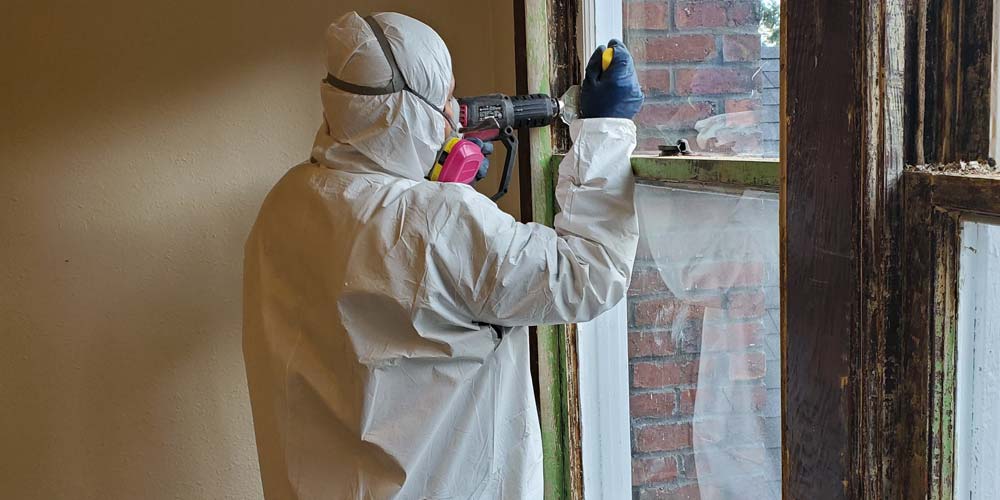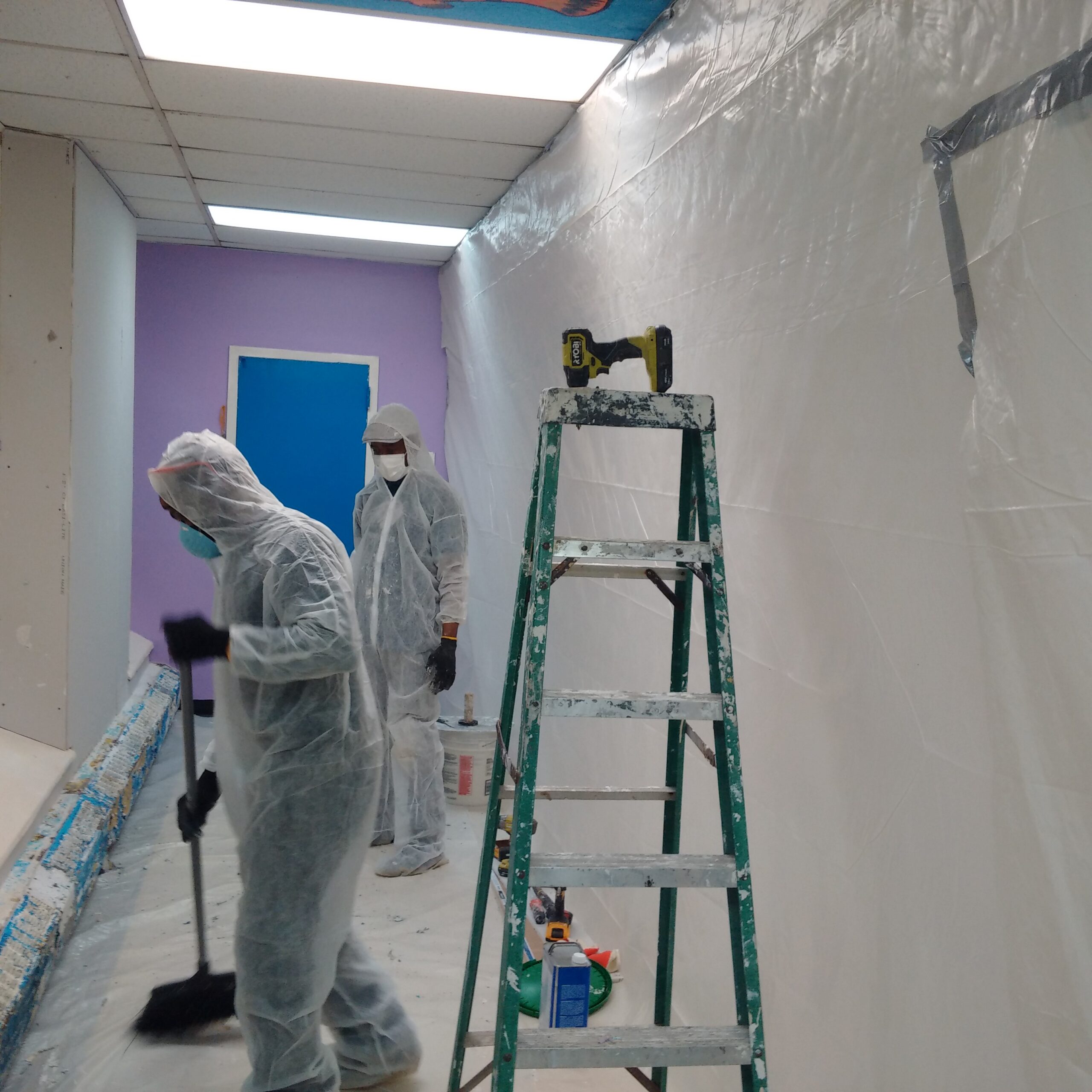Lead Removal Contractors-- Seasoned Experts for Lead Abatement
Lead Removal Contractors-- Seasoned Experts for Lead Abatement
Blog Article
Finest Practices for Ensuring Safe and Complete Lead Violation Reduction
Resolving lead violation reduction requires a multi-faceted approach to guarantee both safety and compliance. Initial evaluations making use of advanced discovery methods such as XRF analyzers established the phase for an exact understanding of contamination levels. Integrating proper control strategies, including impermeable barriers and HEPA filtration, coupled with the usage of individual protective devices (PPE) for workers, forms the foundation of a safe operation. Careful cleaning methods, featuring HEPA vacuuming and wet-wiping, are vital. Yet, it's the last clearance process, involving complete inspections and laboratory testing, that genuinely validates a lead-free setting, ensuring long-term security. How do these methods interconnect to guarantee extensive lead reduction?

First Analysis
Conducting a preliminary evaluation is a critical primary step in lead offense reduction. This stage encompasses a comprehensive analysis of the residential property to identify the presence, degree, and certain places of lead-based dangers. Qualified specialists, such as qualified lead assessors or risk assessors, should carry out an extensive site evaluation, utilizing devices like X-ray fluorescence (XRF) analyzers to accurately detect and gauge lead focus in paint, dust, dirt, and water.
The evaluation should additionally consist of an evaluation of the building's background, previous reports, and any kind of grievances or health problems reported by residents - Lead Removal Contractors. Documenting the searchings for diligently is necessary, as these records create the basis for establishing a reliable reduction technique. An extensive analysis likewise involves tasting and lab analysis, which are vital to verify the existence of lead and guide succeeding actions
Moreover, it is imperative to interact the outcomes transparently to all stakeholders, consisting of residential property owners, occupants, and regulatory authorities. By making certain that the initial analysis is conducted with accuracy and rigor, specialists can lay a strong structure for a targeted and reliable lead reduction process, eventually securing public wellness and guaranteeing conformity with governing criteria.
Proper Control
Proper containment is vital to prevent the spread of lead impurities during abatement activities. Effectively handling control reduces the threat of lead dirt and particles migrating to non-work areas, consequently safeguarding both the environment and individuals outside the immediate work area. To attain correct control, a closed barrier of plastic sheeting must be developed around the workplace, making certain all joints and sides are securely secured. Lead Removal Contractors. This obstacle must prolong from flooring to ceiling and be taped to avoid any leakages.

Normal evaluations of the containment location are required to examine for breaches or weak points in the barrier. Any kind of determined issues need to be immediately addressed to preserve the integrity of the control. By adhering to these techniques, abatement tasks can successfully control lead contamination and minimize involved wellness dangers.
Employee Protection
Making certain worker protection is vital during lead abatement tasks to stop job-related exposure to unsafe lead bits. Essential procedures include using personal safety devices (PPE) such as respirators, gloves, and full-body fits specifically made to block lead dirt and fumes. Employees ought to go through detailed training on the correct use and upkeep of PPE, consisting of in shape testing for respirators to make certain optimum effectiveness.
Design controls, such as regional exhaust ventilation systems, are crucial in decreasing air-borne lead concentrations in the workplace. Administrative controls should additionally be executed, including restricting the period of direct exposure and turning employees to reduce private direct exposure times. Regular clinical surveillance and biological surveillance are essential for early discovery of lead absorption, making it possible for timely intervention and treatment.
Additionally, developing a purification protocol is essential. Workers should follow strict purification treatments prior to breaks and at the end of their shift to protect against lead dust from being brought outside the workplace. This consists of extensive hand and face cleaning with lead-specific cleaning agents and changing out of infected clothing.
Careful Clean-up
Keeping a risk-free work setting extends past employee security and incorporates meticulous clean-up to ensure lead bits are extensively removed from the site. The process of meticulous cleanup is critical in preventing the recontamination of the abated location and protecting both current and future owners.
To attain a thorough clean-up, all workplace should be systematically sanitized. This check includes the use of specialized HEPA (High-Efficiency Particulate Air) vacuum cleaners and wet-wiping techniques to catch and remove great lead dirt that may have decided on surface areas. It is critical to clean up all straight surfaces, consisting of floors, home window sills, and countertops, along with vertical surface areas that may have caught lead particles.
Workers have to use appropriate individual protective tools (PPE) during cleanup to prevent exposure to recurring lead dirt. Used cleansing materials such as wipes, sponges, and mop heads must be thrown away based on unsafe waste disposal laws.

Last Clearance
Last clearance is the crucial wrapping up stage of lead reduction that identifies whether the website is secure for reoccupation. This crucial action entails you could look here comprehensive assessment and screening to validate that all lead hazards have been efficiently gotten rid of.

Final clearance screening not only safeguards future occupants but additionally makes sure compliance with neighborhood, state, and federal guidelines. In addition, it acts as a recorded recognition of the abatement professional's adherence to market ideal techniques. Guaranteeing a detailed and successful last clearance is vital in guarding public health and wellness and promoting depend on in the abatement process.
Conclusion
Ensuring safe and extensive lead infraction abatement necessitates a complex technique including initial analyses with advanced detection methods, effective control techniques, rigid employee security protocols, and careful clean-up procedures. The final clearance stage, including detailed inspections and laboratory testing, is critical to verify compliance with EPA requirements. Adherence to these best techniques guarantees a risk-free atmosphere for i loved this occupants, minimizes health threats, and upholds governing demands, therefore advertising public health and safety in lead-affected locations.
Report this page